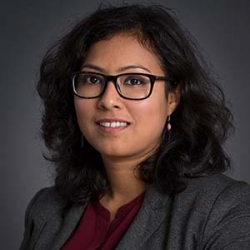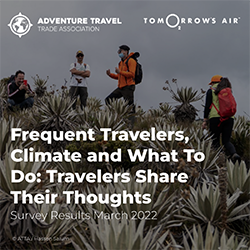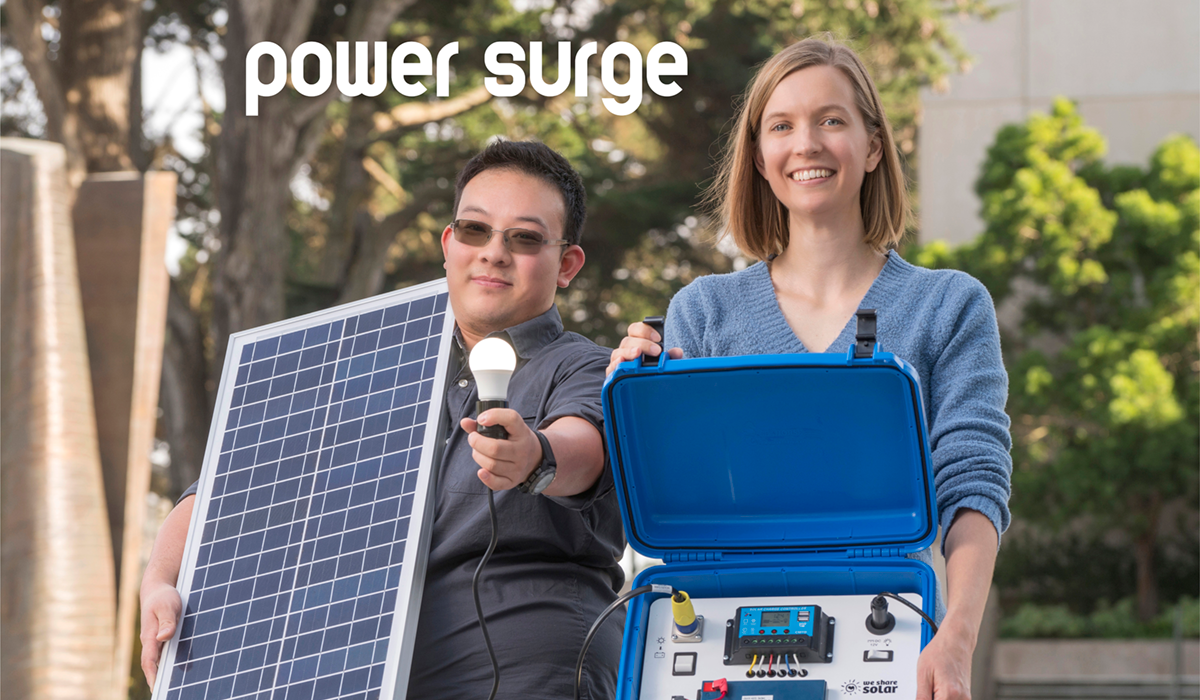SF State initiative builds justice leaders who advocate for most vulnerable to climate change
Climate Justice Leaders Initiative takes interdisciplinary approach to tackle multifaceted climate crisis
San Francisco State University launches its Climate Justice Leaders Initiative (CJLI) to better equip the University’s powerfully diverse student body to become climate justice leaders who center their work around equity. The overarching goal of the initiative is to build leaders who understand the inequities of climate change and who can advocate for and create strategies that include the communities most vulnerable to the climate crisis.
“Our campus is diverse, meaning many of our students have lived experiences of dealing with climate change inequities,” said Kai Burrus, co-director of the Climate HQ campus hub that promotes and supports climate-related activities across the University, including CJLI. “This initiative helps students draw from their experience and combine that with academic training to fight climate change on behalf of their communities across California and the world.”
CJLI is also interdisciplinary, bringing students and faculty together across different majors and academic colleges to address the climate crisis. The initiative is designed that way because climate change is a multifaceted, complex issue that requires people with different skills working together. Yet, people tend to work in siloes and those that have the skills critical to fighting climate change are often overlooked.
“We can’t depend exclusively on people in natural sciences and technology professions to address climate change. It’s an ‘everyone’ problem,” Burrus said. “We need to break those disciplinary barriers so that people across backgrounds can come together for one cause. Universities play a unique role in breaking down those siloes.”
Key CJLI programs that will roll out over the next five years include:
-
Climate Justice Education Certificate for pre-K-12 teaching: The 12-unit program will train aspiring teachers to understand and teach climate justice issues relevant to the communities they work with. It will also develop, test and share new approaches to climate justice education.
-
Expand the recently launched Interdisciplinary Certificate in Climate Change Causes, Impacts and Solutions: In Fall 2021, the University launched a certificate to give students a foundational understanding of the causes and effects of climate change along with mitigation and adaption solutions, with an emphasis on social justice. The University is now expanding the certificate to include a capstone experience so that students can get out of the classroom and apply what they learn toward real-life issues. One of those ways will be a newly developed service-learning class in which students become ambassadors who promote, communicate and take action on climate change within the campus and beyond.
-
Create a new Metro College Success Program advising pathway for climate change: Metro was developed to support students from historically marginalized backgrounds within their first two years of college. The program has proven to be a success as 64 percent of Metro students make it to their third year (compared to 55 percent of students who are not part of the Metro program and are also from historically marginalized backgrounds). To inspire more students from historically marginalized backgrounds to explore careers that address climate change, there will be a new advising pathway that steers Metro students to the Certificate in Climate Change Causes, Impacts and Solutions.
-
Expansion of course offerings: CJLI also creates a framework for expanding the number of interdisciplinary courses across the University that have climate justice as a common theme, setting up a campus-wide approach to climate justice.
CJLI’s launch will be supported by a generous grant from SF State Foundation Board Chair and alumna Neda Nobari.
“These initiatives will catalyze change throughout the Bay Area and beyond, resulting in more effective climate change solutions that are truly comprehensive and inclusive. By focusing on transformative changes that center equity, CJLI aligns with what Neda sees as SF State’s vital contribution to the defining challenge of our time,” Burrus explained.
Faculty consulted a panel in developing CJLI that included students like senior Sophia Benzoni, an Environmental Studies and English double major. Benzoni contributed input for the first climate certificate as well by collaborating with faculty to weigh the climate focus of different courses and decide which ones would be good candidates for the certificate requirements.
“Going to the student panel and hearing that professors from all kind of walks of life and different areas of the campus were also on board with the ideas that students have was really encouraging,” she said. “Because I also think that working with different people from the campus community is way more effective than trying to do something alone.”
Learn more about the Climate Justice Leaders Initiative on the Climate HQ website.
Story republished from SF State News



